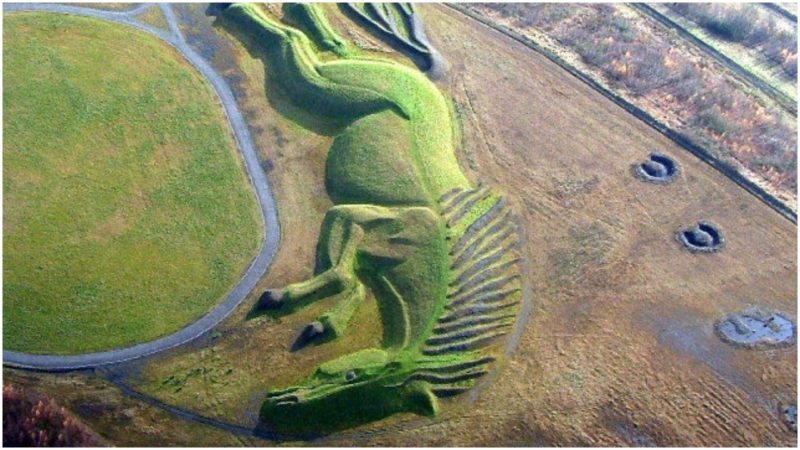Rhymney Valley is located in the lowlands of South Wales. The history of this place rich in stories. It was sparsely populated until the 19th century when the industrial revolution brought prosperity to this place.
Part of it was the Penallta Colliery, an industrial coal mine located in the lowlands of Rhymney. The beginnings of this place can be traced to 1905 when PD (Powell Duffryn) Ports started Penallta Colliery.
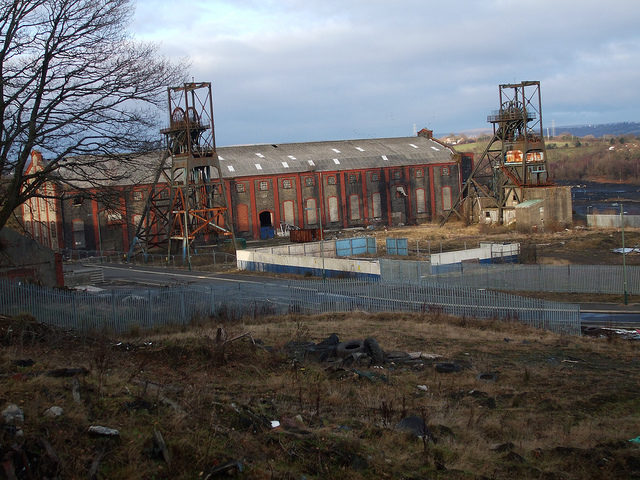
The business took off and by 1908 Powell Duffryn employed almost 300 people. The mine operated by digging in two shafts. Shaft number 1 was around 716 meters deep while shaft 2 was somewhat smaller with 690 meters of depth.
During this period, these shafts were the only pits in South Wales to reach such depths. The official extraction of coal happened in 1909 when the first piece of coal was brought to the surface.
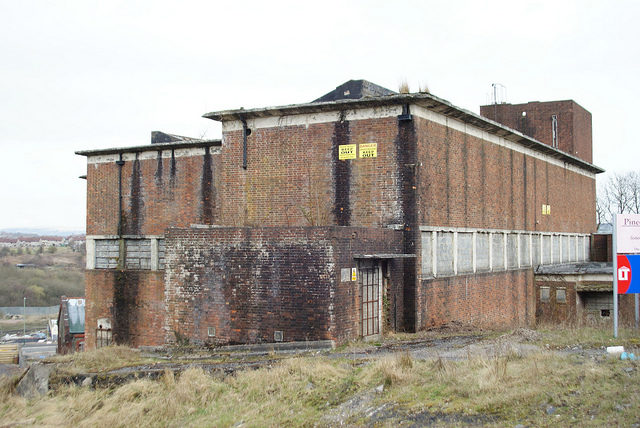
The transportation of the coal was possible through the use of the Rhymney Railway, a company from South Wales that engaged in the transport of materials and minerals all around the Rhymney Valley.
The industrial revolution was intensifying by the day which meant that coal (being the elementary resource upon which all industries rested) was in high demand. To be able to keep up with the orders, Penallta Colliery needed more manpower.
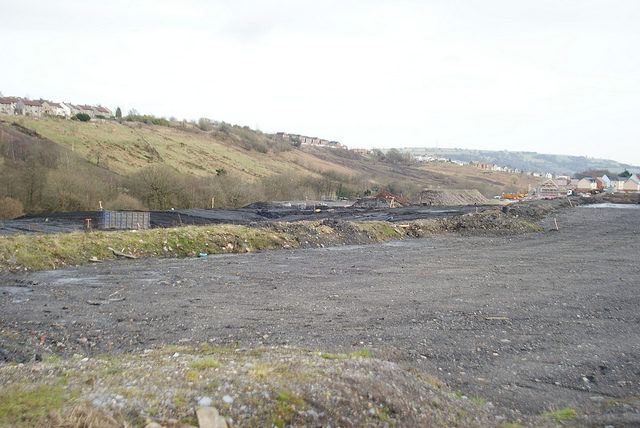
And by 1923, almost 2,400 people worked at this mine. But the industrial boom was far from over. By the 1930s the mine employed around 3,200 people just to keep up with demand.
The total production of 1930 was over 975,600 tons of coal. Five years later, this mine was the champion of coal production in Europe.
Once the world was at peace again and the Second World War was over, the Penallta Colliery became nationalized, for the Government changed its practices after WWII.
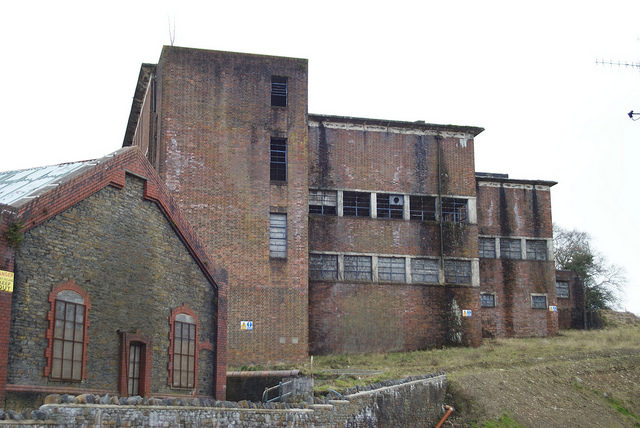
Now the National Coal Board was the new owner. Years stood upon the quality of the production of this mine, which means that it was time for a refreshment which came in a form of investment.
It was during this period when the Meco-Moore Cutter Loader became part of this colliery. This was a mining machine, among the first in Britain. Invented by M. Moore and with its 120 hp, it was a true beast.
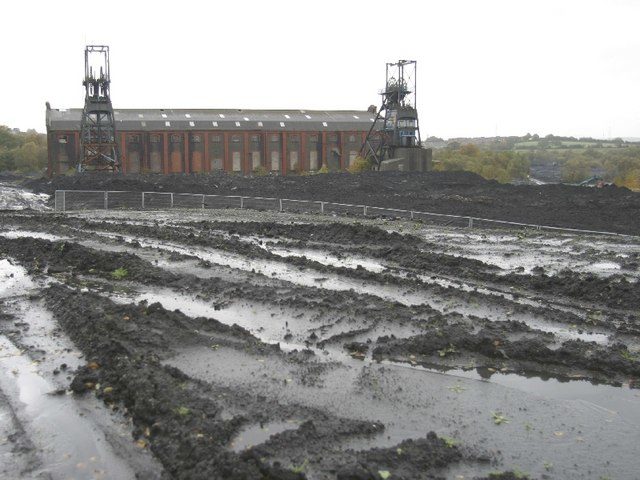
Heaving such a powerful machine in its arsenal of tools tipped the Ministry of Power to visit the mine in 1949. Five years later and the mine increased its production capacity to 500,000 tones.
During the 60s, the mine shafts were further deepened and the winding engines were fully electrified. Over time, getting into the shafts became a difficulty.
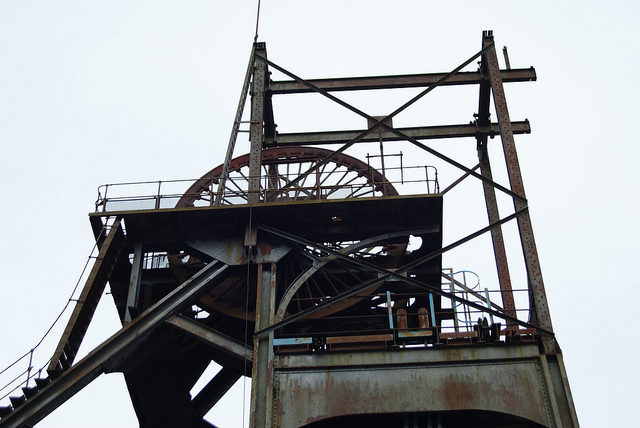
Now 700 people needed to produce 210,000 tons of coal per year, which meant the mine was slowly losing its productive power. There came the UK miners strike (1984-1985).
Luckily, the Penallta Colliery was managed successfully and got past this period. It even made an extraordinary result once work resumed.
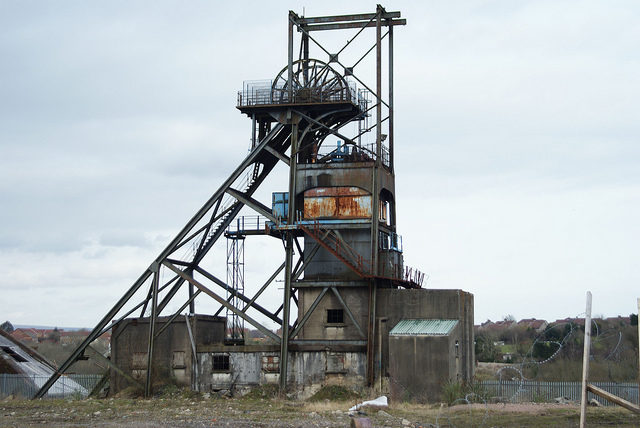
Six years later, the mine was closed on November 1, 1991. It was then that the last load of coal was extracted and the final working shift was concluded to a brass band hired specifically for this purpose.
Then in 1996, a redevelopment of the grounds of Penallta Colliery took place. The renewal was to be done in stages. Stage number one involved transforming almost 2 kilometres of damaged land into a public park.
The next stage was concerned with improving access to this place, by creating more footpaths and tracks. Even a housing project is considered which will transform the old mine structures into comfortable homes.
Today many of the structures on the site are Grade II listed. This structures included the mine baths, the shaft headframe, and the engine hall.
